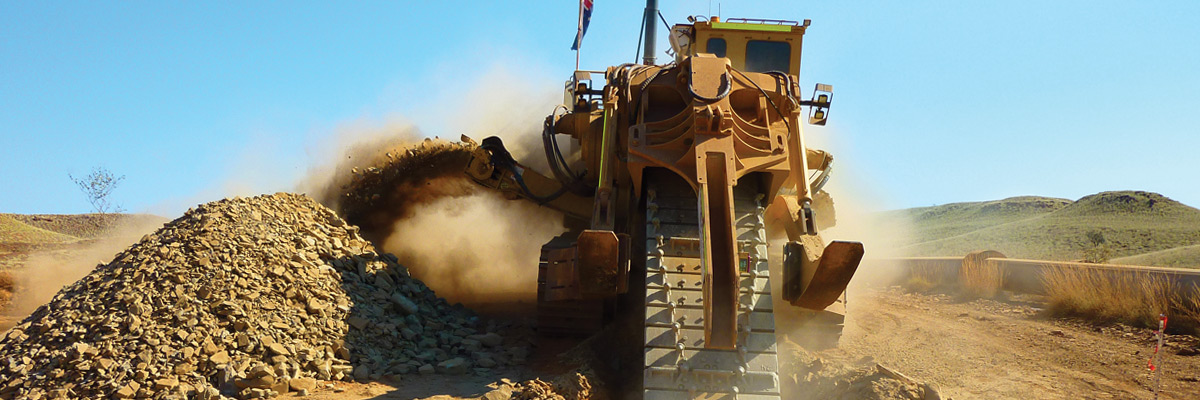Bungaroo Integration Pipeline
The Millstream pipeline is the water supply main for the Pilbara towns of Karratha and Dampier, with a branch-off at Yannery Tank to Cape Lambert.
-
Client:
Water Corporation
-
Location:
Karratha WA
-
Construction Period:
Feb 13 – Nov 13
-
Key Elements:
- Trencher excavation
- Fauna Management
- Mass Concrete Installation
- MSCL pipe installation
- Rehabilitation National Park
- Stakeholder liaison
Project overview
Water is fed into the main from the Bungaroo borefield, South of the Hamersley Ranges and alternately from Millstream Dam. This vital water source also feeds the Rio Tinto Iron Ore (RTIO) operation for process water and dust suppression.
The original above-ground mild steel cement lined (MSCL) DN450 and DN600 mains were installed in the early 1970’s by the public works department. Sections of the main, particularly the DN600, were prone to bursting due to corrosion. Each occurrence required a shut-down, placing pressure on the supply buffer tanks.
We were contracted by the Water Corporation to upgrade an 11km section, the most critical, with a new DN900 MSCL pipe laid below ground to ensure a longer service life and to give added security to the asset. The section replaced starts at RTIO’s Emu siding and travels North along the route of the existing pipeline and into Yannery Tank, the existing buffer tank near the branch-off to Cape Lambert.
The use of of the trenching machines on this project resulted in material classified as rock being removed at the same cost as common material, and at a faster rate.
Significant achievements and benefits
A key factor in our selection to carry out the works was the availability of our trenching machines. Our offer allowed for the removal of all material including rock, except for slightly or completely unweathered igneous rock.
Amongst other material encountered, ‘tuff’ rock of variable weathering lay along the majority of the route. This area of the Pilbara contains the oldest and hardest rock on the planet. Additionally, the use of sand refill, paid on a provisional volume basis was kept to a minimum in the trencher sections.
The rock that could not be moved by the 95 tonne 650 horsepower trenching machine had been allowed for to be blasted. Except for a 17m section of rock which broke rods on a blasting drill rig, un-weathered rock the entire route was removed by rock hammers attached to 30 tonne and 50 tonne excavators. The benefit to the client was that only a fraction of the provisional allowance for rock removal by blasting was expended. As importantly, the adjacent main which was within 5m in certain sections, was left undamaged. This would certainly not have been the case if blasting had been the mode of rock removal.
The design and construction introduced a regulating valve complex which will solve the problem of over-pressurising of critical sections. This will reduce pipe bursts and use rock traps to collect failing cement lining which scours the pipe lining.
Access to scour and air release points as well as rock traps and regulating valves was vastly improved as a result of the route rehabilitation.
By renewing the pipe and placing it underground, the Water Corporation is assured that the pipework will be protected from harsh and sometimes extreme environmental conditions. They are also able to guarantee the supply of water along the 11km route.
Download the Bungaroo Integration Pipeline project report
